This post may contain affiliate links. If you click through a link and make a purchase, I may receive a commission at no additional cost to you. As an Amazon Associate, I earn from qualifying purchases. Read the full disclosure here.
Tennis elbow braces are often used to provide support and reduce pain. While they can be a useful treatment tool, they can also make your pain worse if not used properly or for too long a period of time.
Keep reading to find out when a tennis elbow brace may help or hurt your recovery.
For a deeper dive into chronic tennis elbow explaining lots of hidden causes that can keep you in pain, be sure to read Surprising Reasons Why Your Tennis Elbow Isn’t Getting Better.
Understanding the basics of tennis elbow
Before using a tennis elbow brace, it’s important to understand the basics of tennis elbow and how it can be effectively treated.
Tennis elbow, aka lateral epicondylitis, is the most common overuse syndrome of the elbow.
Tennis elbow frequently causes pain with repetitive motion using forearm muscles such as typing, working with tools, knitting, gardening, and gripping.
Inflammation and micro-tears can occur in the tendon of the wrist extensors, which run along the forearm and attach to the bone just above the outer elbow. Scar tissue may build up over time with chronic inflammation.
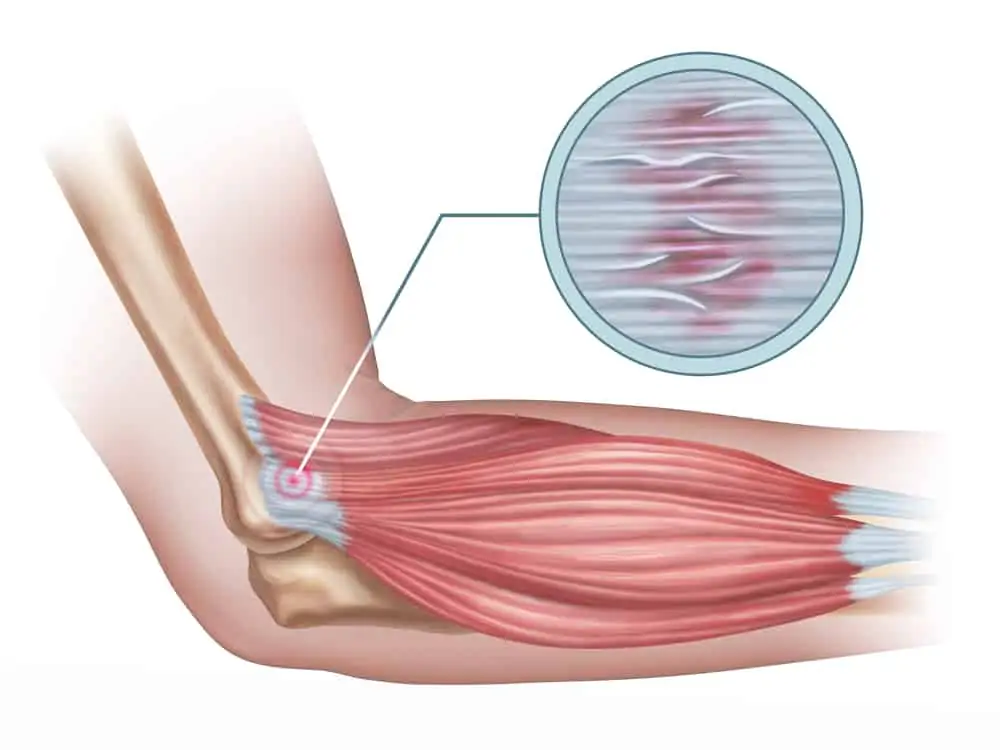
Tennis elbow brace vs. compression sleeve
Some types of braces for tennis elbow can help if used appropriately. Some of the most popular braces are counterforce braces, compression sleeves, and wrist braces.
A counterforce brace looks like a strap with a foam or gel pad that is meant to supply external force to the wrist extensor tendons. This force decreases the stress on the tendon and can help reduce constant aggravation.

Sadeghi-Demneh E & Jafarian F found that counterforce braces were the most effective in decreasing pain compared to other types of braces.
Kroslak M & Murrell G found that clinical studies demonstrated mixed results. Their review found some studies showing a benefit of bracing, while others showed no difference.
Jafarian F et al. studied three types of elbow braces (a counterforce brace, a sleeve + counterforce strap, and a wrist brace) and their effect on grip strength. The study found that both braces with a counterforce strap positively impacted pain and grip strength. However, there was no change in either with the wrist brace.
A plain compression sleeve without a counterforce strap or a wrist immobilizer brace is unlikely to help tennis elbow pain.
While a wrist splint may help with acute pain and inflammation, prolonged use of wrist immobilizers can cause problems, especially if you continue to perform aggravating activities such as typing. This essentially forces the muscles to work in an unnatural limited range of motion.
Can a tennis elbow brace make the pain worse?
Yes, it’s possible for a tennis elbow brace to make your pain worse. Here are some examples of when braces might hinder instead of help:
- The brace is too tight or otherwise applied incorrectly
- The brace is applied in the wrong position
- There’s also a nerve entrapment issue
- Wearing the brace for too long
- Wearing the wrong type of brace
- Continuing to overuse the area even with a brace on
- Using a brace that limits natural range of motion
- Not also utilizing other conservative treatments such as proper physical therapy exercises
How to wear a tennis elbow strap
The video below provides a detailed explanation of how to properly wear a tennis elbow strap.
Should I wear my tennis elbow brace all the time?
In general, you should avoid wearing braces all the time (unless you’ve been specifically instructed to do so).
Braces often lead to a false sense of security, tricking you into continuing with the same habits that got you tennis elbow in the first place.
It’s important not to adopt a “set it and forget it” attitude with a brace. Simply wearing a brace will not fix tennis elbow and it’s not doing much for the overall healing process.
Sure the pain might be less, but it will quickly return once you start moving again.
R.I.C.E (Rest, Ice, Compression, Elevation) is still circulating widely as a treatment for injuries. While this still may be appropriate in very acute phases, simply resting tendonitis injuries won’t get you better.
R.I.C.E. isn’t necessarily bad, it just kind of drops you and doesn’t give you any direction to actually get better.
Activity modification and progressive loading of the injured tendon are critical components of getting better fast.
Conservative physical therapy treatments include eccentric exercises, manual therapy, muscle or fascia scraping, and mobility/strengthening exercises for the upper extremity and thoracic spine.
Should I wear a tennis elbow brace overnight?
It depends. Wearing a brace overnight may provide additional relief and allow for better sleep if you feel like you need additional support at night.
However, if you find the compression uncomfortable or creates additional pain or tingling sensations in the forearm or hand, it’s best to sleep without it.
Wrapping up
An elbow brace can be a helpful tool in your rehabilitation but shouldn’t be a lifelong commitment.
Braces are not meant to hold you together while you continue the same bad habits.
It’s important to get problems addressed to heal your injury instead of putting a band-aid on.
References
Kroslak, Martin & Murrell, George. (2007). Tennis Elbow Counterforce Bracing. Techniques in Shoulder & Elbow Surgery. 8. 75-79. 10.1097/BTE.0b013e318047c176.
Jafarian FS, Demneh ES, Tyson SF. The immediate effect of orthotic management on grip strength of patients with lateral epicondylosis. J Orthop Sports Phys Ther. 2009 Jun;39(6):484-9. doi: 10.2519/jospt.2009.2988. PMID: 19487823.
Sadeghi-Demneh E, Jafarian F. The immediate effects of orthoses on pain in people with lateral epicondylalgia. Pain Res Treat. 2013;2013:353597. doi:10.1155/2013/353597

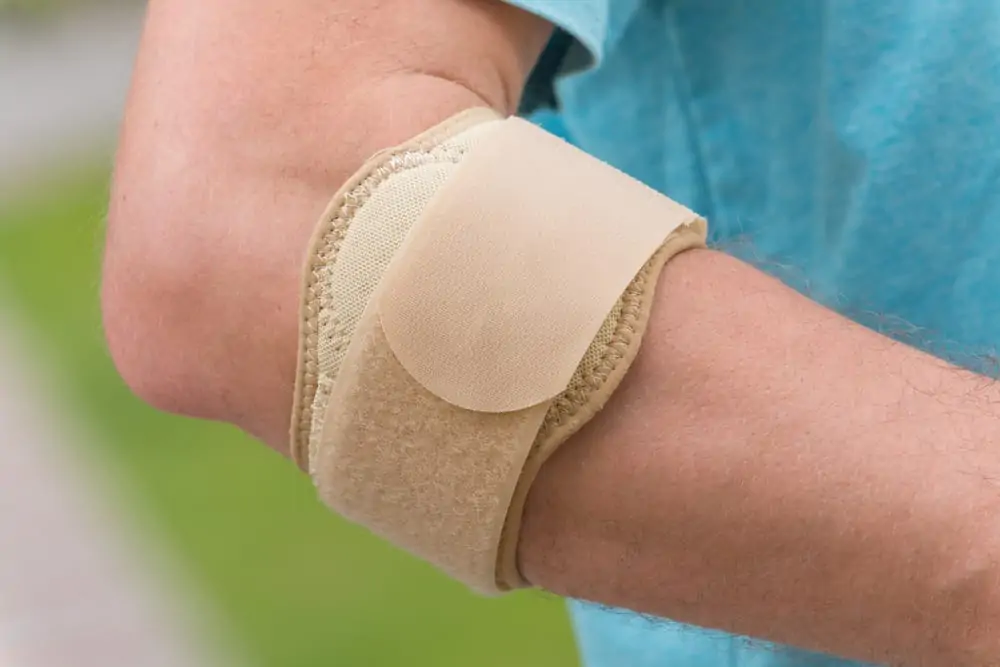
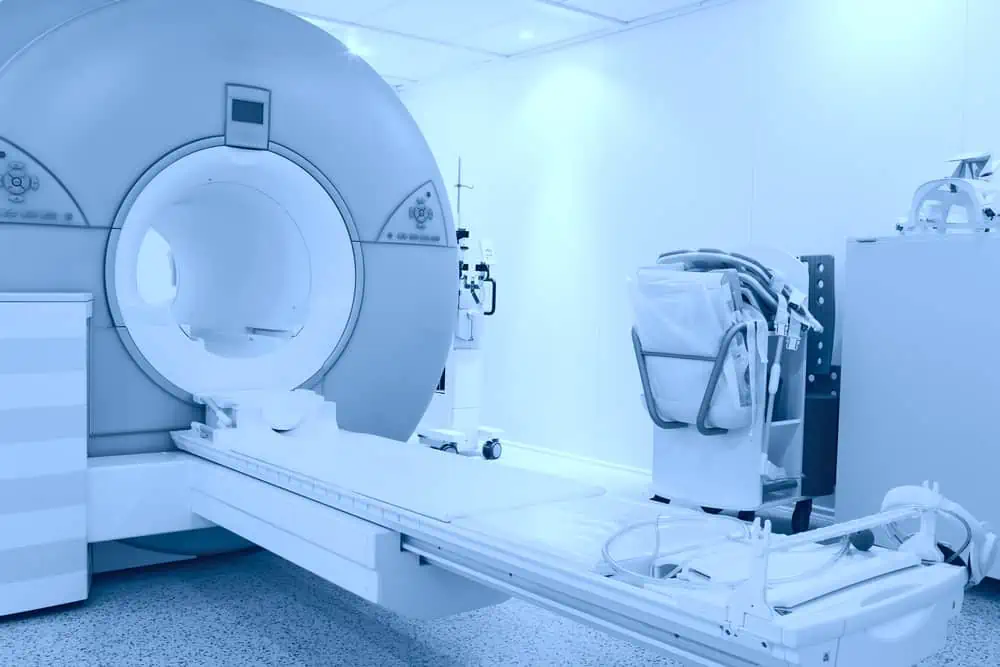
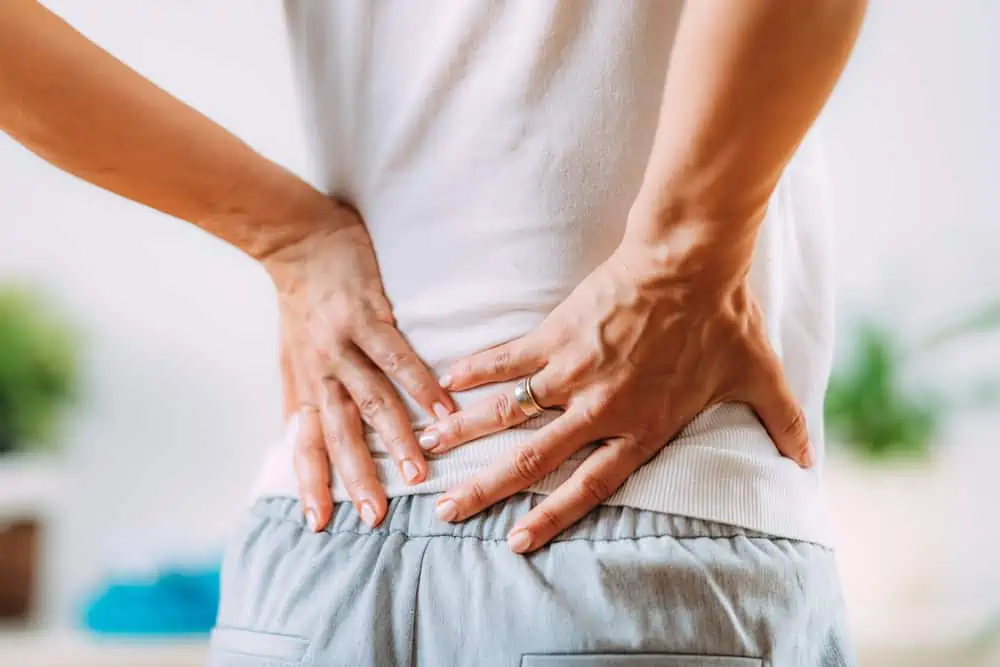
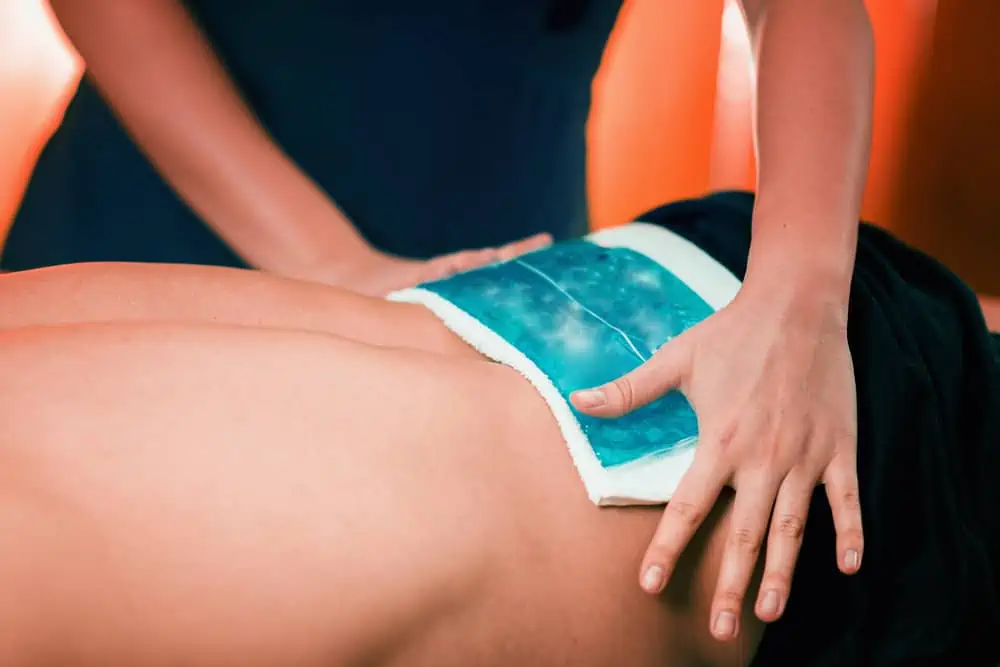
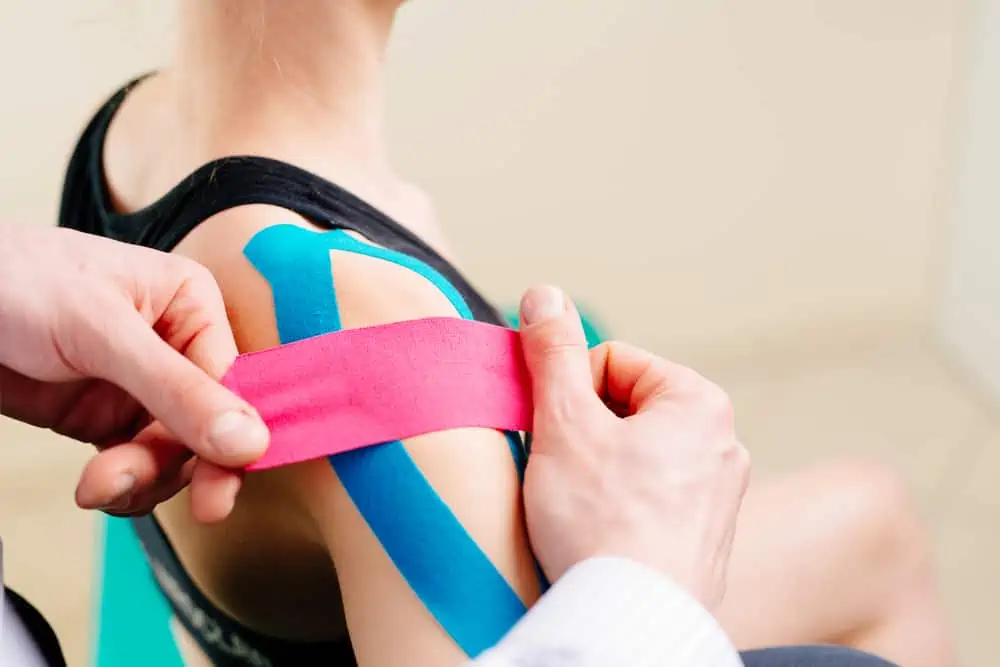
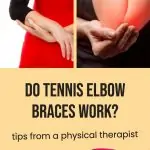

It’s so smart to keep your eye on the fact that braces may help with the pain, they aren’t addressing the root cause of the issue, or helping your body to heal. Don’t get me wrong, eliminating pain is great, but you need to take an active approach to heal your body, and to modify what activities led you to develop it in the first place.
I’ve never suffered from this, but my mom has! Will show her this article.
Very informational post.